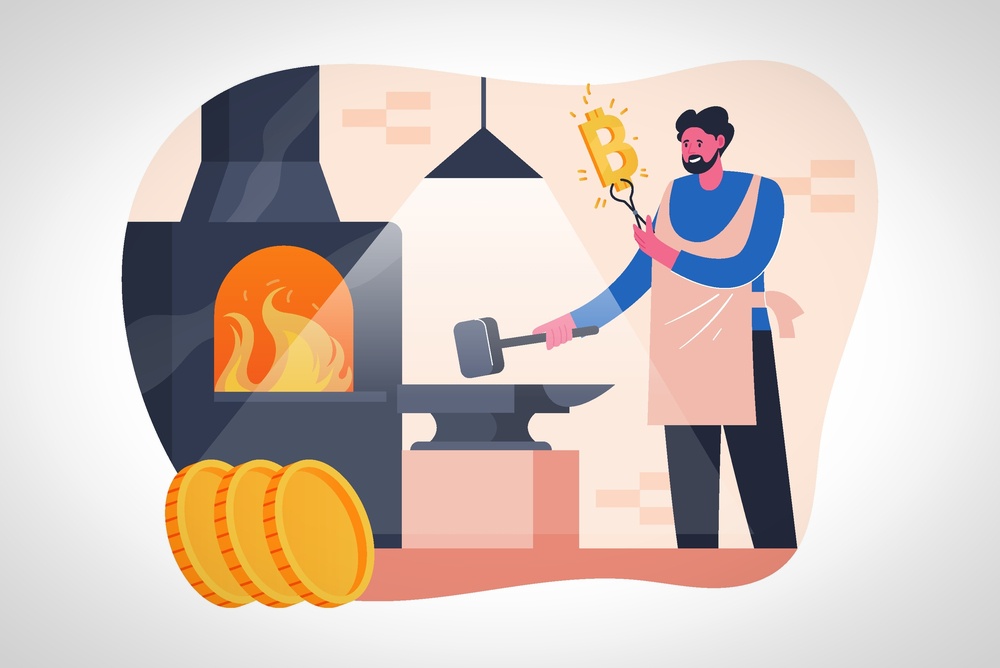
What is bitcoin made of? Bitcoin is made of 1’s and 0’s because bitcoin is computer code. That’s oversimplifying a bit, and I’ll dig into the details of what actually makes bitcoin…bitcoin, but for the introduction here, it’s sufficient to say that bitcoin is software. There is no such thing as a physical bitcoin, and there never will be. Bitcoin is digital money, and that was the revolutionary breakthrough in 2009.
Digital money might not sound very impressive, considering that we use “digital dollars” every day on our smartphones, but a digital dollar is quite different from bitcoin. Basically, when you use credit cards or smartphone apps, these are dollar credits you are trading, and the companies settle transactions in bulk behind the scenes.
Buying a coke at the gas station doesn’t literally send $2.30 from your phone to the gas station. Your bank collects all the transactions going to the gas station bank account for a couple of weeks, then sends them the money later.
With bitcoin, the money is literally, digitally sent to the receiver, which is what makes it so powerful. You are not sending “credit” bitcoin to be settled later. You are sending real bitcoin. To ensure you are sending legit bitcoin, everything is verified in a purely digital way. There would be no way to verify a physical bitcoin transaction.
What Is Bitcoin Made Of?
How Does Bitcoin Mining Work?
The first step to understanding what bitcoin is made of is to understand how bitcoin mining works.
When you mine for bitcoin, you use a combination of software and hardware to participate in the bitcoin network. There are a variety of bitcoin mining software options that let you interact with your bitcoin mining hardware. You can run this like any other application a your computer operating system of your choice.
For hardware, you’ll need a specialized computer called an ASIC. This is your “bitcoin miner”, and its only job is to search for random numbers as requested by the bitcoin mining software. All miners are plugging into the same network, running compatible software with other miners, so everyone is playing the same “game” and playing by the same rules.
The game? Though you’ll often hear that bitcoin miners are solving complex math problems, this is not correct. It’s more accurate to say that they are guessing these random numbers.
Because all the miners are playing by the same rules, and the guessing game is random, it’s fair when the bitcoin network awards new bitcoin to a miner.
So what is bitcoin made of? Bitcoin is not made of anything physical, but there is physical infrastructure required to bring new bitcoin into existence.
In addition to physical hardware, there are a wide variety of people in different industries pursuing aspects of bitcoin for their own benefit, who keep the network running smoothly
Related Content
What About Metal Bitcoins?
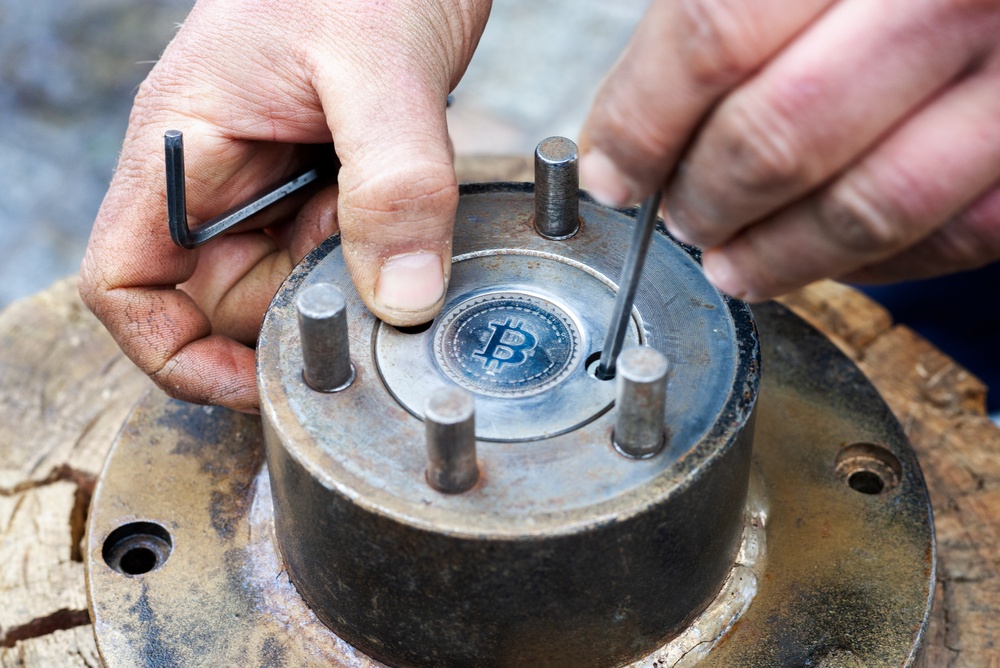
You’ve probably seen a ton of pictures online of physical bitcoins as stock photos on news articles. Some are digital renders, but some actually look real. Are those bitcoins made of metal, and how much are they worth?
For these photos, it’s possible that these are made of metal, but it’s likely that it’s just some sort of cheap alloy. In fact, many are probably plastic, then altered with photoshop to look like metal. The reality is that it doesn’t matter, because they are not “real” bitcoins.
Any metal bitcoin you’ve seen is not even worth the metal which is used to create it. Aside from the novelty aspect of being able to hold a bitcoin in your hand, they are literal trash. They are produced by the millions and are novelty items. In fact, one time my wife ordered one for me and they accidentally sent 20 bitcoins instead of one. That should give you some insight into their value.
Examples Of Metal Bitcoins
There are many different designs for novelty bitcoins. One of the earliest versions I found was from 2013, and you can see how simple it was. It was a large bitcoin symbol with the text “BITCOIN” and “VIRES IN NUMERIS”, which is Latin for strength in numbers. This has been one of the de facto slogans for bitcoin since 2011, since it describes bitcoin’s distributed ledger enforced by tens of thousands of nodes around the world.
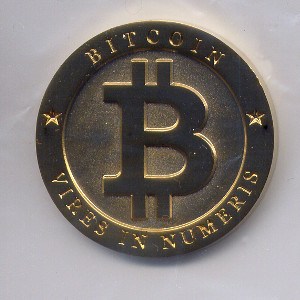
Most modern versions of physical bitcoins are much more detailed. They include textured computer circuits and additional text like “CRYPTOCURRENCY”, “PEER TO PEER”, and “DECENTRALIZED”. This is the version you’re probably most familiar with, but I actually couldn’t find the origin of this design.
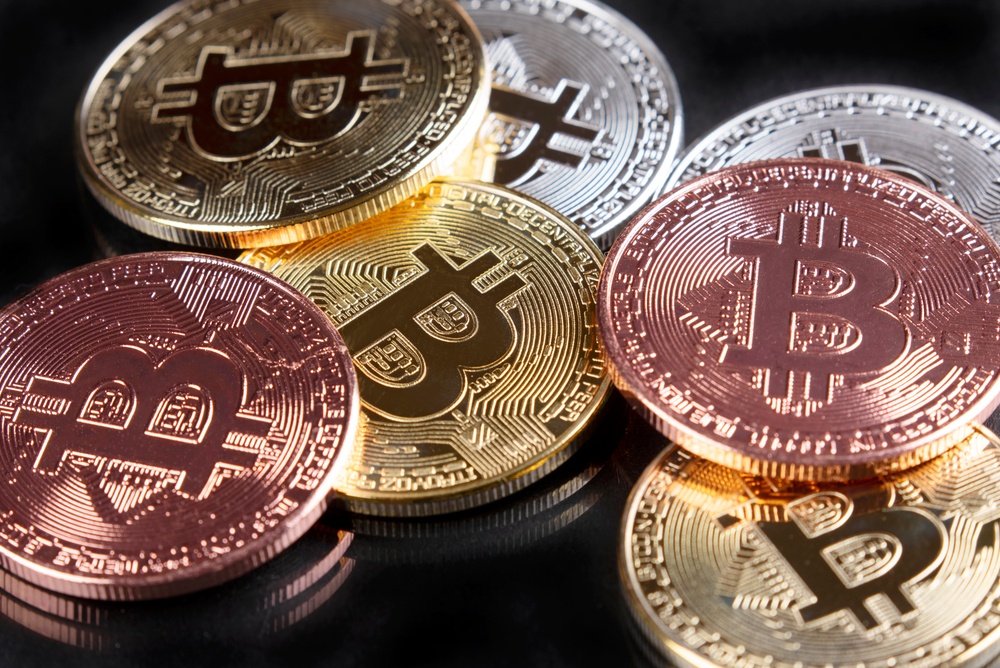
There are some physical bitcoins you can buy online that claim to be gold plated, but it’s impossible to verify whether this is true or not. These “gold plated” bitcoins often come with special packaging or even a certificate of authenticity. Considering the cost of production, and the fact that these items usually cost only $10-$20 per coin, either they are not actually gold plated and you are being scammed, or they are using gold electroplating, which creates a layer of gold as thin as 0.00002 inches.
Casacius Coins
In the past, there were physical bitcoins made of pure metal called casascius coins. Most editions of casascius coins were made of metal content that was not valuable, and the main reason to purchase them was a removable hologram sticker that would reveal the private keys to a stash of bitcoin. However, there were some versions of these coins minted using pure silver or pure gold.
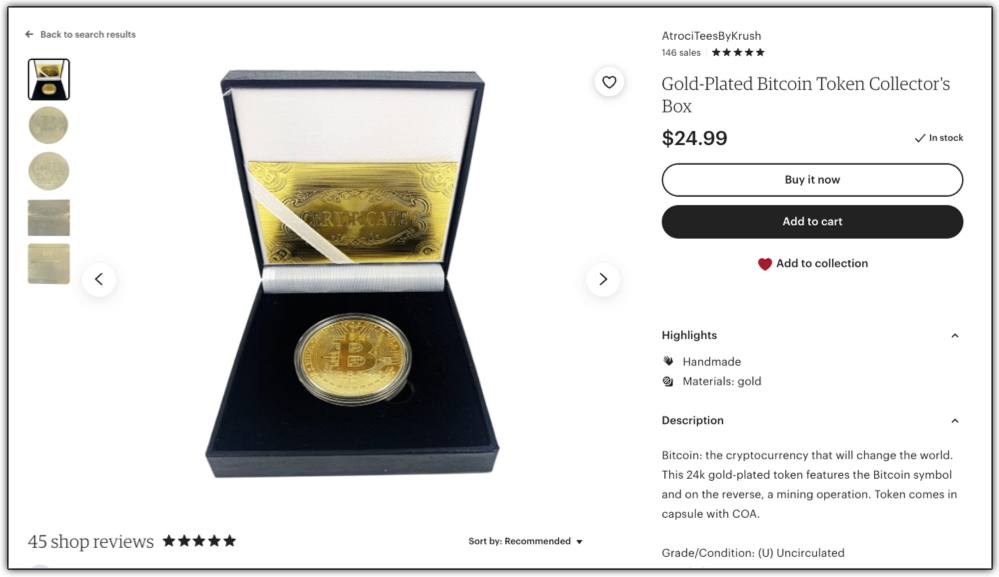
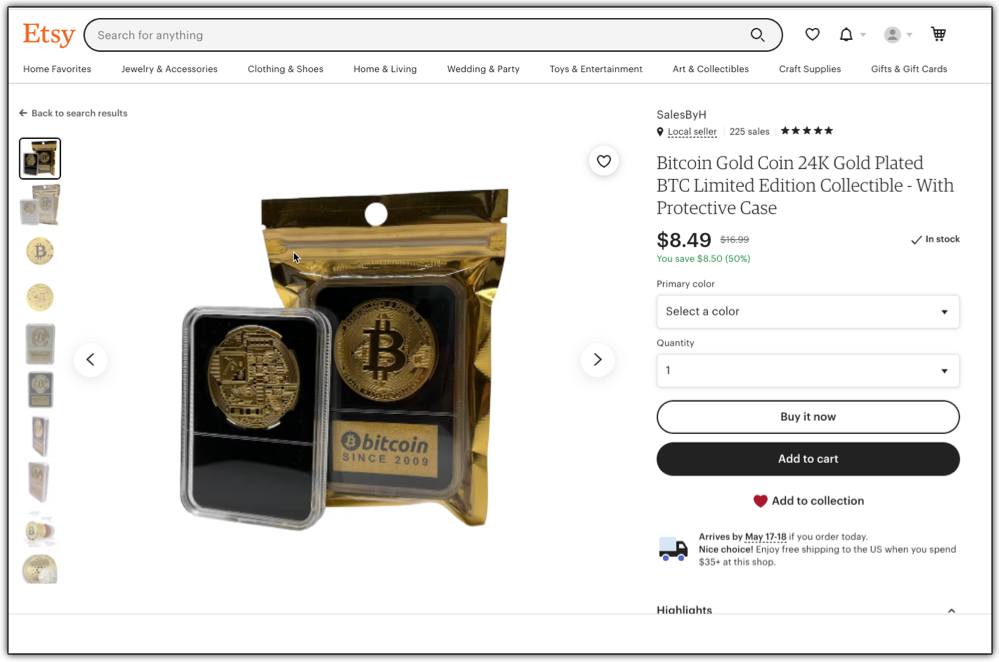
That meant the value of the coin had two separate components: the value of the metal itself, and the value of the bitcoin which you could access by removing the hologram sticker. Even in this situation, the bitcoin was still a digital component, and the private keys were merely hidden behind a hologram sticker.
These coins were created by a private party, and eventually found to be illegal due to the fact that the person was minting coins without a license, so they are no longer being made.
Digital Money Is An Entirely New Concept
True digital money is something that didn’t exist before 2009. As explained in the introduction, you could send money to someone using the computer, but what you were sending wasn’t real money. It was a “representation” of money, and then the real money was settled behind the scenes. It was convenient, but came with some tradeoffs.
The main tradeoff of digital money before the invention of bitcoin was that your money had to go through a third party. You couldn’t just stuff a $1 bill into a CD-ROM drive and transfer it to someone though your ethernet cable. You needed an account with a company like PayPal or a Visa credit card. That meant that Visa or PayPal would be responsible for debiting your account and crediting the seller’s account. Third party companies were the middle man for all eCommerce transactions in 2009.
This meant they were able to charge a fee (usually to the seller), and even make decisions about who was able to use their payment network. Considering how difficult it is to become a payment processor, just a few companies had (and still have) a near monopoly over online payments.
Unlike an in-person purchase using cash, where the buyer hands money directly to the seller (no middle man), you now had a buyer sending money to a payment processor, who then sends money to the seller.
Bitcoin Changed Digital Money Forever
Bitcoin changed all that. With bitcoin, you can send digital money directly from buyer to seller, without any third party payment processors.
This was achieved through a number of mechanisms that are a bit complicated to explain, but I think the most important to briefly touch on are:
- distributed ledger
- proof of work
- public-private key cryptography
With a distributed ledger, everyone running a node in the system could verify that the bitcoin they received was authentic. By verifying the transaction history all the way back to the launch of bitcoin in 2009, you could see where your bitcoin came from, and where that bitcoin came from, and so on. You could be sure that the money you received wasn’t “double spent” to someone else.
Proof-of-Work Requires Resources
With proof of work, real-world resources were required to mine for bitcoin. Bitcoin miners would compete for newly issued bitcoins, and as a result, secure the network against attack. Miners were incentivized to follow the rules of the network so they could receive network fees and an additional block subsidy “reward” as payment for their efforts.
With public-private key cryptography, you could securely control spending access to your funds, while simultaneously being able to publicly prove that you had ownership of those coins. This was done without leveraging the trust of a third party.
These three important concepts combine to make Bitcoin possible, and are why people are so excited about Bitcoin!
Bitcoin Isn’t Backed By Anything (And That’s A Good Thing)
When you think about what bitcoin is made of, you might be able to get halfway there and accept the idea of “digital money”, but then there’s the question of what is it backed by.
PayPal money is a 1:1 trade from dollars. A PayPal dollar is worth a physical dollar. Physical gold could potentially be transformed into a digital token, assuming that the link from physical to digital was made explicit and tracked.
So what about bitcoin?
Bitcoin exists only in the digital space, and it would be impossible to back it by something physical. The “blockchain” is what tracks the transfer of bitcoin over time, and the blockchain is the only source of truth as to where the bitcoin as been and where it exists now. If you introduce a physical settlement layer outside of the blockchain truth, there can only be one truth.
Would that truth be the physical bitcoin or the digital bitcoin?
This is a hypothetical scenario that will never happen, so you don’t have to answer that question, but it should illustrate the point, that bitcoin can never be backed by anything because the truth of ownership on the blockchain cannot be verified in physical space.
The other thing to consider about bitcoin not being backed by anything is that money isn’t backed by anything. Money is just money.
What is gold backed by? Nothing. They simply exist as money because people desire them as money. There is no exchanging to some other type of thing, and if you could, then that thing would be money.
How To Make New Bitcoin
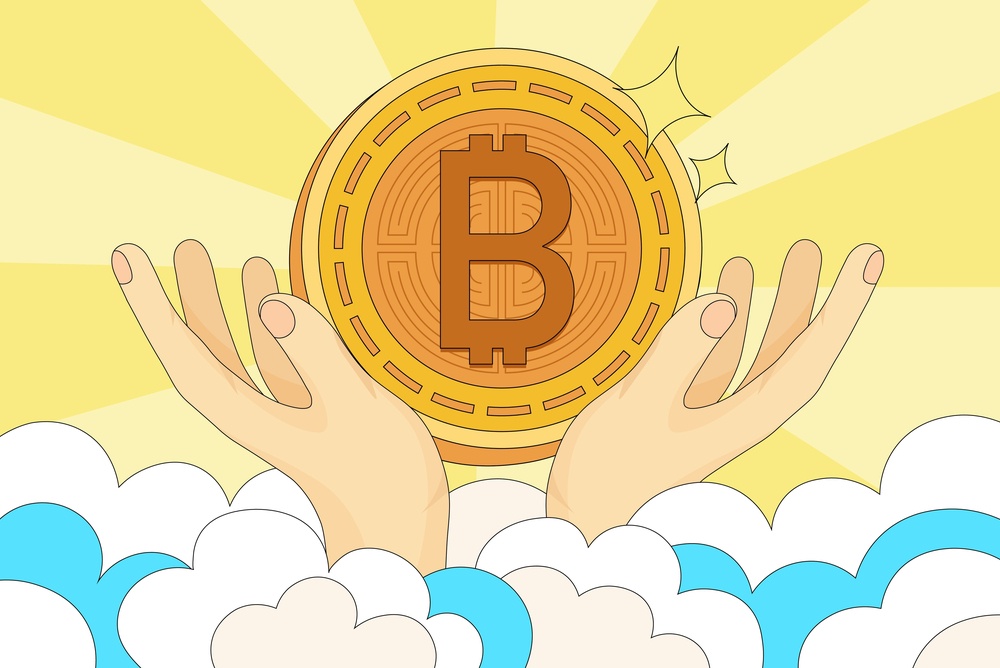
If bitcoin isn’t made of metal, and there is no physical bitcoin, then how do you make new bitcoin?
To make new bitcoin, you need to mine for bitcoin and construct a block that follows the rules of the network.
New bitcoin is minted every ten minutes, and this function is baked into the rules of software that all the nodes run. However, it’s the bitcoin miners who receive the new bitcoin as a reward for creating blocks and securing the network from attack. Bitcoin miners run specialized computing machines called ASICs, which perform a function called hashing.
This is basically guessing random numbers until they guess the right one. If they guess the right one, they are then rewarded by being allowed to create the next block in the blockchain. As long as the block follows the rules of the network (verified & enforced by the nodes), the miner gets paid the block reward.
The Block Reward (Fees + Subsidy)
The block reward is made up of the fees from all the pending transactions, plus new bitcoin. That new bitcoin is known as a block subsidy, and is currently the main incentive to spend time, money, and resources mining bitcoin.
As of 2022, the block subsidy is 6.25 bitcoin. In 2009, it was 50 bitcoin, but through a halving process every 4 years, the block subsidy is cut in half. In 2024, the new subsidy will be reduced to about 3.125 bitcoin, and then it will be cut in half again in 2028, and so on.
There is an interesting discussion about how much fees vs block subsidy make up the total reward, and what that will look like in the future. Will fees be enough to sustain a profitable mining operation? Will the bitcoin price be high enough that the subsidy will continue to be a high value incentive? These are unanswered questions about the future of bitcoin!
There is no way to increase the block subsidy, no matter how many miners come online. Thanks to the difficulty adjustment, as new miners come online, it becomes harder and harder to find that random number. Unlike gold, where more gold miners simply means there’s more gold on the market, with Bitcoin, more miners does not create extra bitcoin at a faster pace. It just means more competition for the same amount of bitcoin.
There is no way to make more than 21 million bitcoin, and there’s no way to mine new bitcoin faster than the scheduled release. The nodes (including your own, hopefully!) will check to make sure these rules are followed. Transparent and predictable monetary policy is one of the reasons bitcoin is so desirable as money.
Bitcoin Mining Is Fair & Permissionless
What’s great about bitcoin mining is that anyone can do it. It’s a completely permissionless and fair system. There are many people who mine bitcoin at home in their garages or basements, or have even built custom weatherproof outdoor units.
Bitcoin is “energy agnostic”, meaning you can mine bitcoin with residential electricity, solar power, natural gas, geothermal energy, nuclear energy, or hydropower. Every region on Earth has access to some type of abundant energy. You can solo mine in your garage or hook up a million ASICs as part of a publicly traded company. Anyone and everyone is able to create new bitcoin!
How To Get Bitcoin If You Aren’t A Miner
If you’re not a miner and not interested in mining bitcoin, how do you actually get bitcoin? Easy. You simply buy it on a bitcoin exchange. Exchanges are the middle man between buyers and sellers of bitcoin. Some people want to sell bitcoin (crazy, I know), and some people want to buy it, so exchanges provide a place where buyers and sellers can meet to trade bitcoin for fiat money.
If you have money in your bank account or a mobile wallet like PayPal you can send money to the bitcoin exchange and see your dollar deposit balance. When you are ready to buy, hit “buy now” or whatever the button says, and they will find a seller to match your request. Bitcoin is very liquid (lots of people trading it), so most of the time the buy order will fill instantly and you will now have some bitcoin in your exchange wallet. Now you finally own some bitcoin!
Get Your Bitcoin Off Of Exchanges!
From here, it should be a VERY high priority to get your bitcoin off the exchange. This requires a hardware wallet or a mobile wallet that allows you to control your own keys. Owning your own keys via hardware or mobile wallet is a minimum step you should take for true bitcoin ownership, otherwise, the exchange retains a lot of rights over your bitcoin balance.
If you are not hesitant about this step, I recommend you watch some YouTube videos, listen to some podcasts, and read some articles first. Education is key! Ultimately though, this is something you should prioritize.
Another way to get bitcoin is to sell goods or services for bitcoin. Bitcoin is money, so if you want to get paid in bitcoin, you can do that! Many people offer discounts for their stuff in exchange for bitcoin, which serves as an incentive to get people to give you their bitcoin. You save on credit card transaction fees and don’t have to wait weeks for the transaction to clear. Getting paid in bitcoin comes with some measurable benefits outside of simply stacking more bitcoin.
Bitcoin Is Made Of Network Participants
What is Bitcoin made of? Bitcoin is made of software, but the way that software works is that all network participants play a part in making sure that the Bitcoin software functions properly.
Node operators enforce the rules of the network. They are the ones who are actually running the software, checking to see if bitcoin transactions are valid. Miners create blocks that contain transactions and sell new bitcoin onto the network. Developers create and merge new code into bitcoin software, which node operators can then (choose to) run.
Personally, I think that participants in the bitcoin network would also include entrepreneurs which are working on products and services that make bitcoin easier to use. They are adding new bitcoiners to the system, increasing the bitcoin network capacity and utility.
And you know what, even if you don’t run a node, and even if you don’t mine, and even if you aren’t an entrepreneur, if you’re an educator or enthusiast, telling people about bitcoin and how it works, you count too! Bitcoin education is vital to expanding the size of the bitcoin economy and growing the community.
It may sound cheesy, but Bitcoin is made up of bitcoiners! Do you agree?
Further Education
Frequently Asked Questions
Is Bitcoin Actually A Coin?
No, bitcoin is not an actual coin. Though there were some collector coins that contained a redemption code for bitcoin, they stopped circulating very early on. Most modern versions of physical bitcoin coins are novelty items and have no value.
Where Does Bitcoin Actually Come From?
New bitcoin comes from miners who are use compute energy to participate in bitcoin mining. The network automatically awards participants randomly, and they are paid out a fixed amount of new bitcoin, plus any fees paid by users sending bitcoin through the network. After those new bitcoin enter the system, they can then be bought, sold, and transacted freely like any other bitcoin on the bitcoin network.
Who Created Bitcoin?
The original creator of Bitcoin was Satoshi Nakamoto, but there were also many early developers and contributors who helped shape the bitcoin network as we know it today. In fact, because bitcoin is an open source project, anyone can contribute code and potentially get it merged, so even you could have a say in how bitcoin operates for future generations.
Is A Physical Bitcoin Worth Anything?
A physical bitcoin is likely worth nothing unless it’s one of the rare casascius which had a special redeem code for real bitcoin.
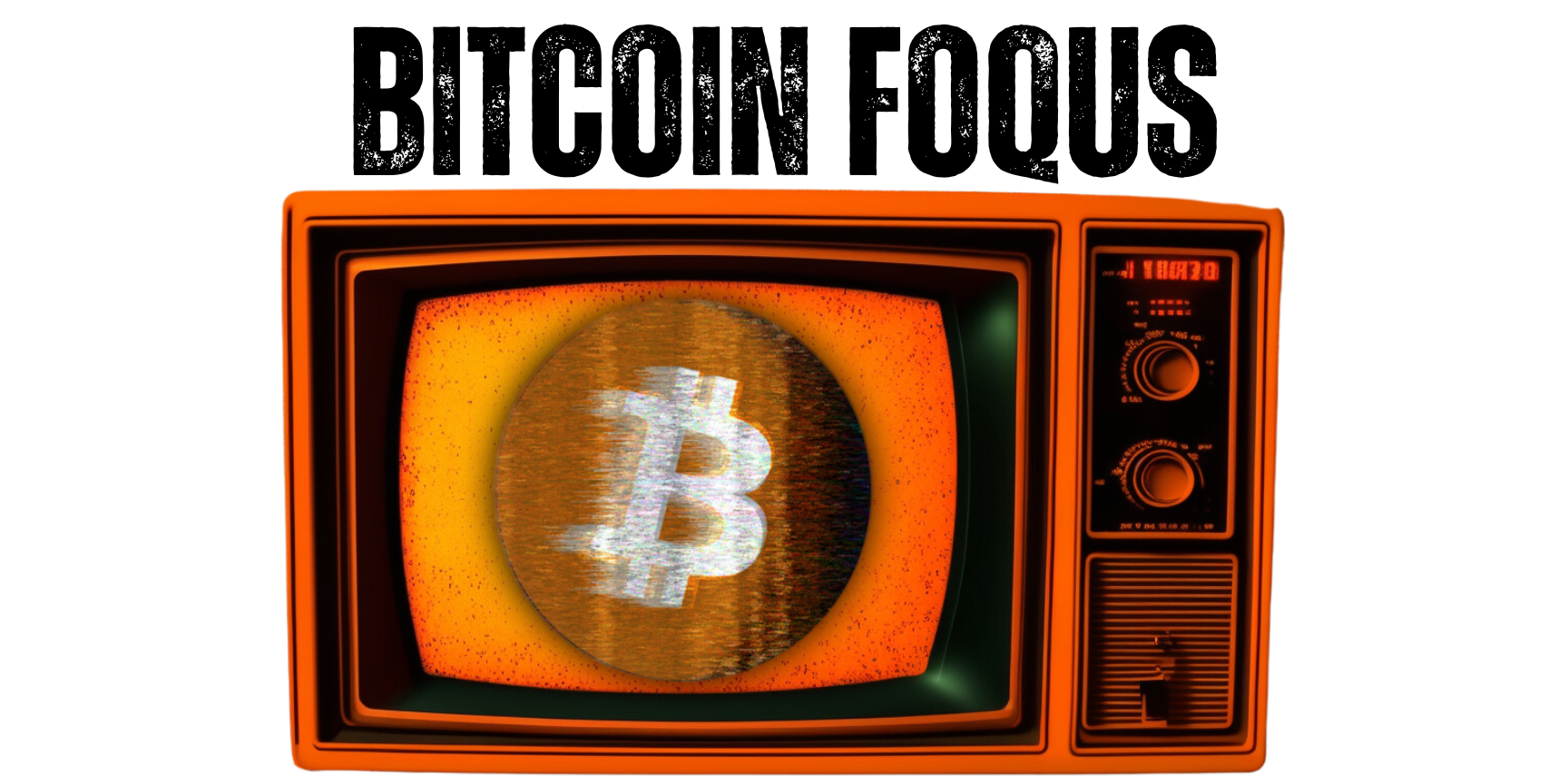

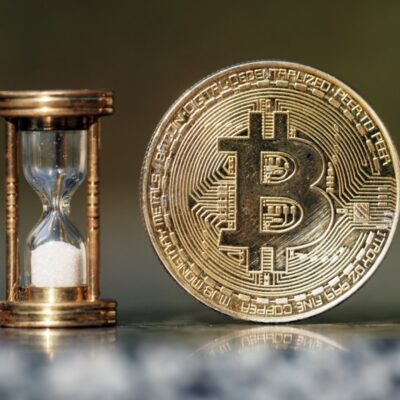

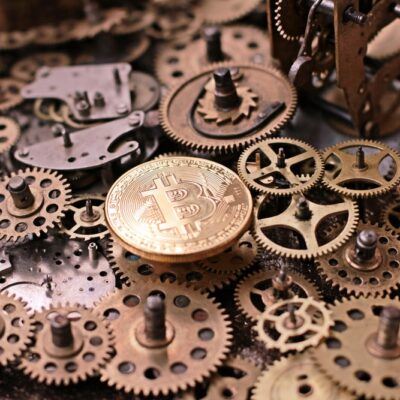


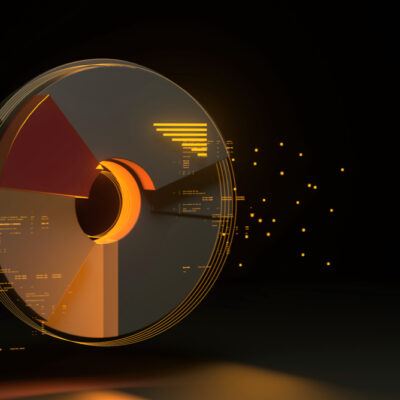

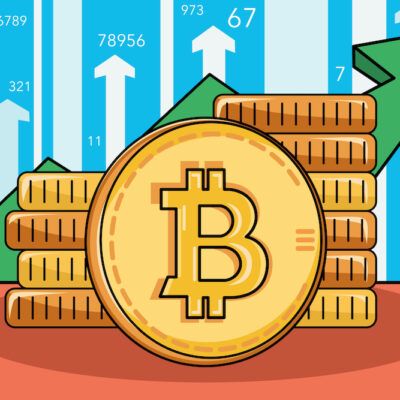

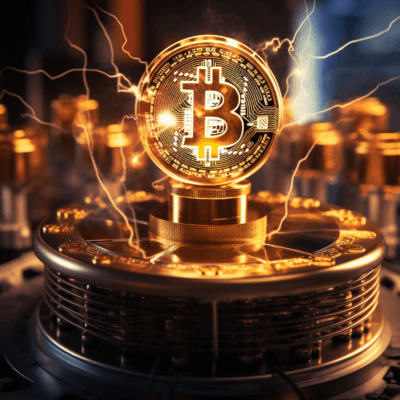



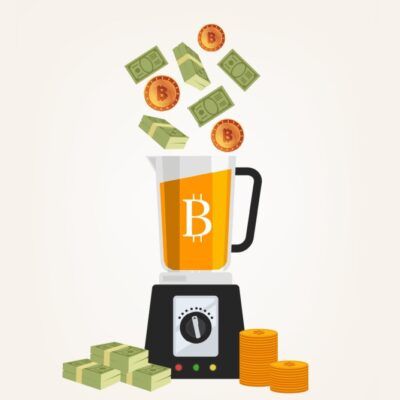
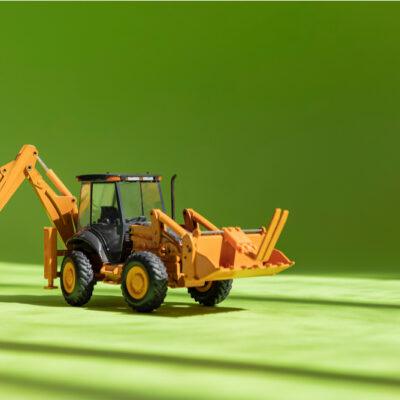
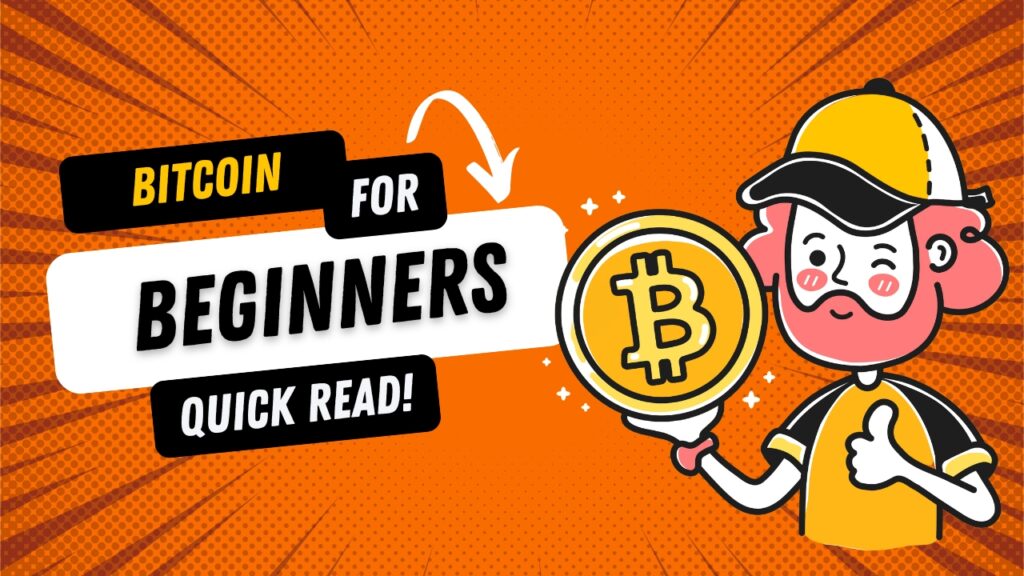
 Is Buying Bitcoin Risky?
Is Buying Bitcoin Risky?
Leave a Reply